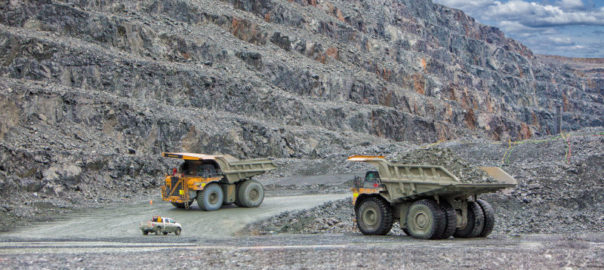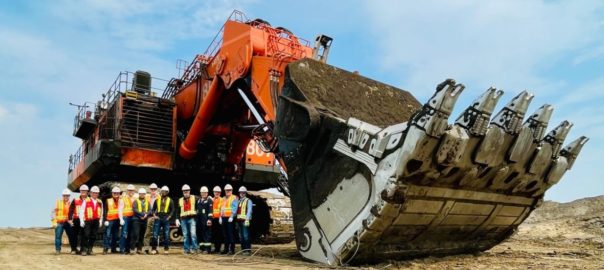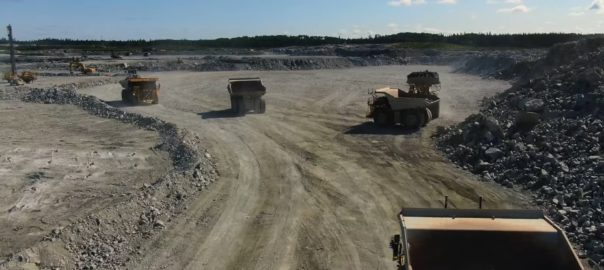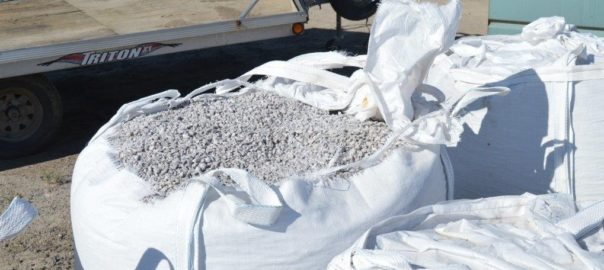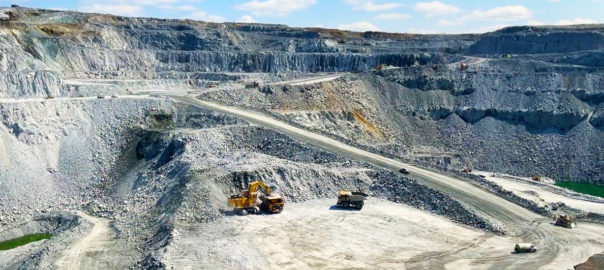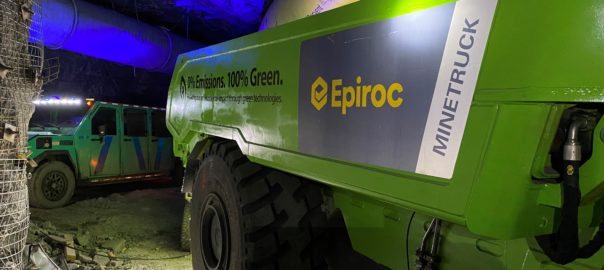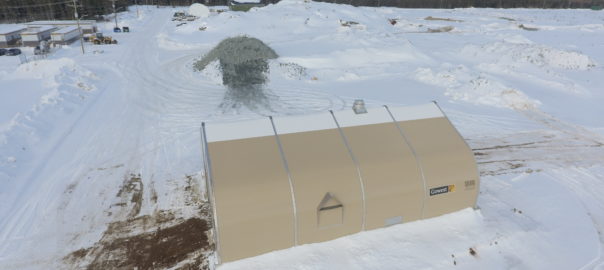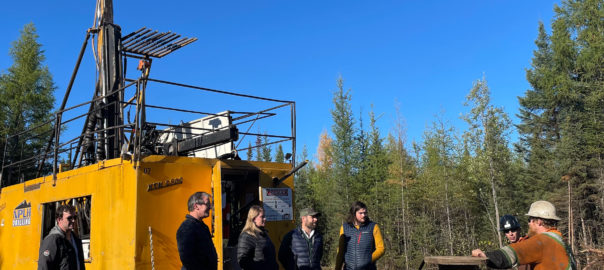RIINO, a company that refers to itself as a leading innovator in mining technology, has announced a partnership with Rainbow Concrete to establish a groundbreaking demonstration site at the Rainbow Concrete Quarry, in Ontario, Canada.
This site will showcase a zero-emission monorail system, spanning a continuous 1-km loop, demonstrating RIINO’s expertise and its transformative impact on mining operations.
RIINO has recently completed an in-depth, four-month scoping study backed by Agnico Eagle, Rio Tinto and Vale, utilising a consortium approach, supported by the Canada Mining Innovation Council. The technology is described as an innovative monorail haulage system targeting the reduction of the industry’s carbon emissions and achieving net-zero goals. It is designed to receive its power from the electrical grid which drives the internal, train-mounted motors as well as auxiliary on-board batteries for a complete electric and automated operation.
Set to launch in the December quarter of 2025, the Rainbow Concrete site will serve as a pivotal platform to validate RIINO’s technology on a full scale. Its objective is to rigorously assess key performance parameters and design criteria, ensuring the effectiveness and reliability of RIINO’s innovations in real-world scenarios. Following the initial testing phase, the site will be open to the community and mining industry, providing a valuable opportunity to showcase advancements in industry initiatives.
Aaron Lambert, RIINO CEO, said: “In the past two years, collaborating with Boris [Naneff, President of Rainbow Concrete] on various innovative tech trials has been incredibly fruitful. Our partnership has strengthened, driving forward industry innovation. Boris’ consistent support has proven invaluable to our consortium of mining partners and our technological advancements.”
A standout feature of the demonstration site is its minimal environmental impact, underscoring RIINO’s commitment to promoting environmental, social and governance initiatives within the mining sector while preserving natural landscapes, RIINO explained. Safety remains paramount for RIINO, and the integration of its technology into the demonstration site presents a unique opportunity to exhibit the operational safety advantages of RIINO’s solutions, further solidifying its dedication to safety excellence within the industry.
The company concluded: “This initiative signifies a significant milestone in RIINO’s project trajectory, advancing its mission to revolutionise the mining industry while emphasising environmental sustainability and operational safety.”








